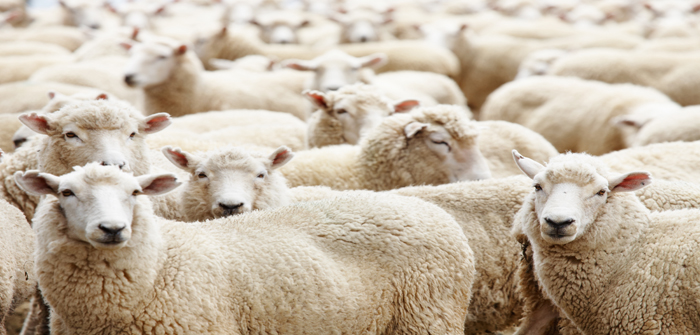With the mild, wet winter set to result in an extremely variable challenge to young lambs from nematodirus across the country, the Sustainable Control of Parasites in Sheep (SCOPS) has relaunched the nematodirus forecasting tool.
The nematodirus alert map has gone live this week on the SCOPS website, and shows when hatching of nematodirus eggs is predicted based on local weather conditions.
The exact date of hatching can be influenced by variation in microclimate, and early cases are also possible from overwintered larvae. A link on the forecast also gives access to an archive section so vets, advisors and farmers can consult previous forecasts see when the risk levels changed in their area.
Dr Hannah Vineer, of Liverpool University, said: “When deciding whether or not to act, sheep farmers must also take into account variation from field to field and farm to farm.
“It is important to assess the risk to each group of lambs based on the history of the field and it’s aspect and altitude.
“Moving lambs to lower risk grazing that was not grazed by lambs last spring will help to avoid a high challenge. However, nematodirus eggs were commonly seen in faecal samples from sheep of all ages throughout 2019, which means that even land grazed by older sheep could be contaminated.”
Sheep farmers having had cases of nematodirus confirmed on their farm are requested to help inform the forecasting tool themselves by logging their cases on the website using the first half of their postcode.
The nematodirus alert map can be accessed HERE.


